I am storing an emoji as part of a string in a text field in MySQL:
<div><span id="emoji_1f600">😀</span></div>
The field in MySQL has utf8_general_ci set. When the data is stored into MySQL the field, the data now looks like this:
<div><span id="emoji_1f600">😀</span></div>
I am assuming that is because of how the emoji is stored. Please educate me if I am wrong on this point, as I thought I would have seen the unicode of 😀 instead of the strange characters.
I then fetch the data from the MySQL field into a php var and do a substring to get just the actual emoji between the span tags. The value in the php var now looks like this:
"C0E8Kb,"
My code makes an attempt to get the unicode back by doing the following:
$code = utf8_encode($code) //$code contains the string "C0E8KB,"
The result is "CB0CB8CBC"BB,"
I am obviously not handling the emoji utf8 code properly and welcome any and all help and instruction.
Thanks in advance.
I don't really need UTF8 all the way through. Just on one field. Which the field in MySOL is typed to be utf8.
Ok I made a major mistake in my problem description. It is true that my code is producing the following html
<div><span id="emoji_1f600">😀</span></div>
However, this html is within an editor from a 3rd party and the emoji code within my span tag is actually being rendered as an emoji. So when I save the data from the editor, what I get back from the editor is the following:
<div>test 2 <span id="emoji_1f600">😀</span></div>
I am assuming the strange chars between the span tags is the actual emoji, since it is being rendered. Is this ok as is, or should I be replacing that with the actual 😀 code, prior to storing it in the database? My fear is that if I do that, then the actual emoji will not get rendered when I place the string from the database into an html string to be rendered.
